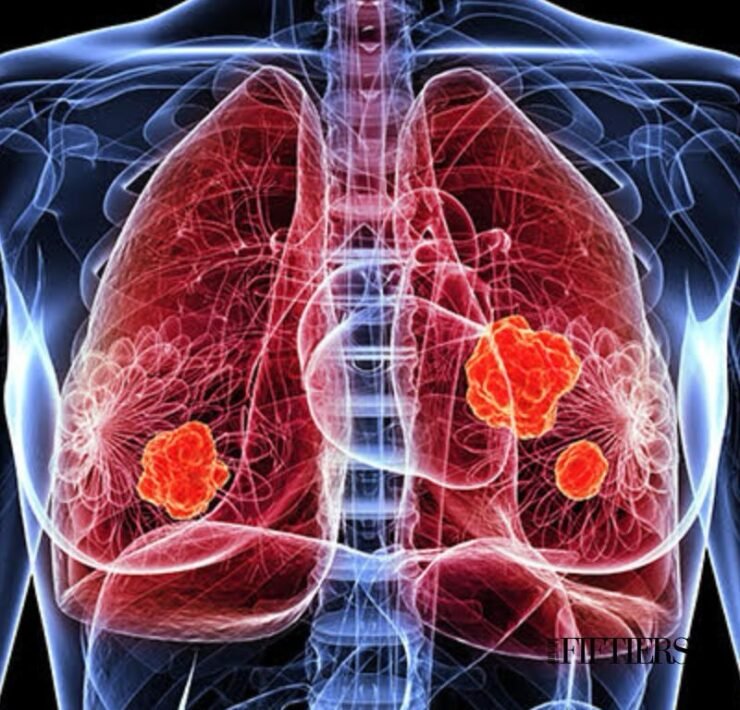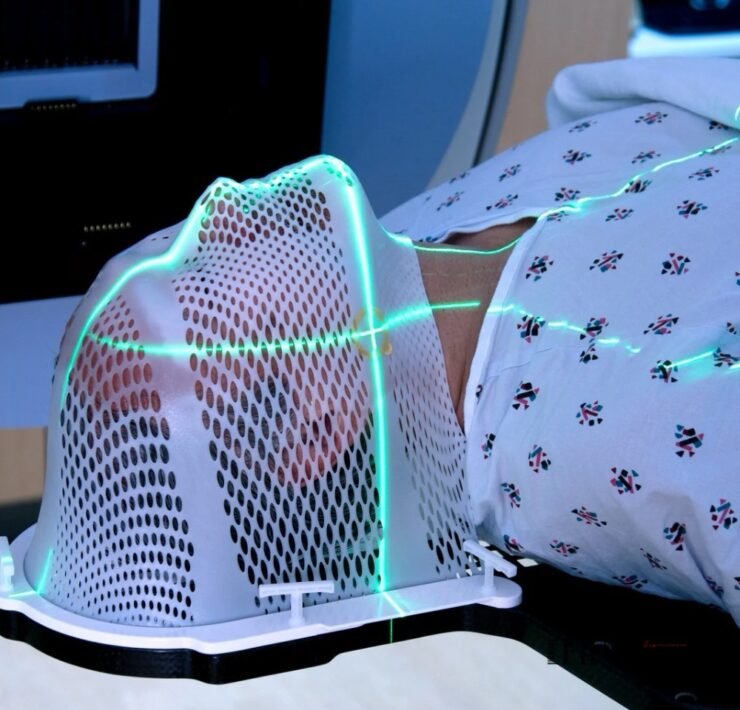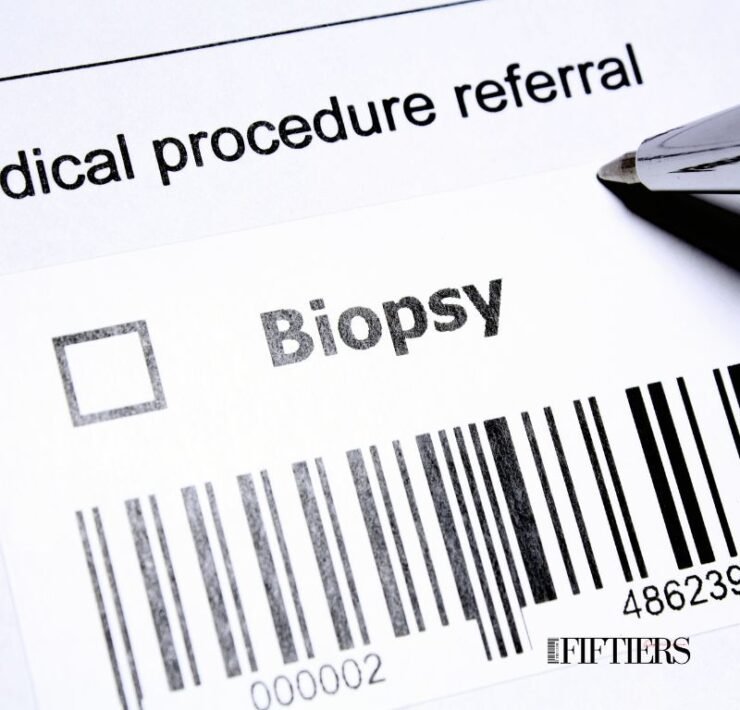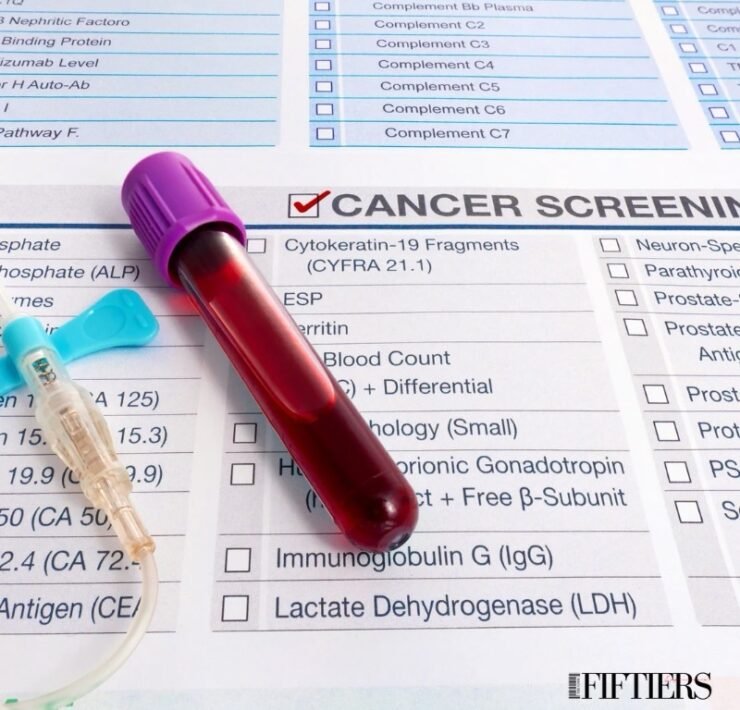How AI reduces human error in cancer detection

FIFTIERS | Life Begins at 50. La vida comienza a…
Cancer detection is a complex process that requires highly trained healthcare professionals equipped with cutting-edge technology. However, even with the best resources and expertise, human errors can occur, which may have devastating consequences for patients. This is where artificial intelligence (AI) comes into play, offering an innovative solution to reduce human error in cancer detection.
Introduction to AI in Cancer Detection
AI has become an increasingly important tool in medicine, and cancer detection is no exception. Machine learning algorithms can analyze vast amounts of data, including MRI and CT scan images, to identify patterns and abnormalities that may indicate cancer. This enables doctors to make more informed and precise decisions regarding cancer detection and treatment.
Advantages of AI in Cancer Detection
AI offers several benefits in cancer detection, including:
-
Greater accuracy: AI algorithms can analyze large datasets and detect patterns and anomalies that may be missed by human doctors.
-
Reduced variability: AI provides consistent and reproducible results, minimizing variability in cancer detection.
-
Increased speed: AI can quickly and efficiently process large amounts of data, allowing doctors to make faster and more accurate decisions.
-
Improved early detection: AI can identify cancer at earlier stages, improving survival rates and reducing the need for aggressive treatments.
Applications of AI in Cancer Detection
AI is being applied in various areas of cancer detection, including:
-
Breast cancer detection: AI analyzes mammography images to detect patterns and abnormalities that may indicate breast cancer.
-
Lung cancer detection: AI examines CT scans to identify signs of lung cancer.
-
Skin cancer detection: AI evaluates images of skin lesions to detect potential melanoma or other skin cancers.
-
Biopsy analysis: AI assists in analyzing biopsy samples to identify cancerous cells.
Challenges and Limitations of AI in Cancer Detection
While AI offers many advantages, there are also challenges and limitations to consider:
-
Data quality: AI requires large amounts of high-quality data, which may vary depending on sources and methodologies.
-
Result interpretation: AI-generated results often need human interpretation, which can be complex and subjective.
-
Clinical integration: AI must be effectively integrated into clinical practice to provide relevant and useful recommendations.
-
Privacy and security: AI relies on vast amounts of personal and medical data, raising concerns about privacy and data security.
The Future of AI in Cancer Detection
The future of AI in cancer detection is promising, with ongoing research and development in areas such as:
-
Advanced algorithms: Researchers are developing more sophisticated AI models to detect complex patterns.
-
Integration with other technologies: AI is being combined with virtual reality (VR) and augmented reality (AR) for more interactive diagnostic tools.
-
Clinical decision support systems: AI-powered tools are being designed to assist doctors and patients in treatment decisions.
-
Personalized cancer research: AI is helping advance precision medicine by tailoring treatments based on genetic and molecular profiles.
Ethical and Social Implications of AI in Cancer Detection
The use of AI in cancer detection also raises ethical and social considerations, including:
-
Access to technology: High costs may limit AI’s availability, creating disparities in healthcare.
-
Privacy and confidentiality: Handling sensitive medical data requires strict safeguards.
-
Accountability: Clear guidelines are needed to determine responsibility for AI-driven decisions.
-
Impact on doctor-patient relationships: AI may change how medical professionals interact with patients, affecting trust and care dynamics.
Discover more from FIFTIERS
Subscribe to get the latest posts sent to your email.




















